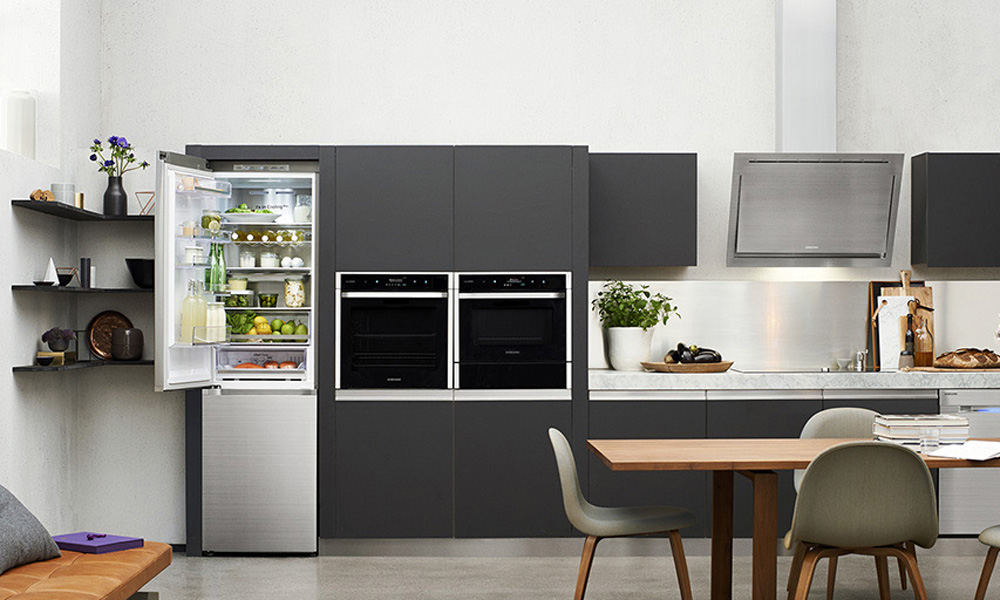From smart alarm clocks that can trigger your coffee pot to start, to refrigerators that notify you when it’s time to buy more milk, to thermostats that turn down the heat while you’re at work – the fact is, there are countless use cases for the connected home that promise more convenience and an easier way of life.
Yet adoption of connected home devices has largely plateaued over the last few years, and it’s because consumers still haven’t recognized the true value proposition of smart devices and smart appliances. In fact, in a study by PwC, 81% of US internet users were found to be aware of the concept of smart devices and the connected home, yet only one in four currently own a smart home device.

Why does this matter?
For one thing, there’s money to be made for both businesses and the consumer. The smart home industry is predicted to reach $143 billion in 2020 – that’s three times its value in 2014. Similarly, studies show smart home appliances and automation can increase a house’s value by up to 5 percent. For a $300,000 house, that’s an additional $15,000 in value.
At the same time, 2020 is the year we’ll see new business opportunities as a result of growing 5G connectivity, which promises to further advance digital living and span nearly every aspect of our lives. Those who invest in the first commercial 5G networks and identify new use cases for the technology will remain far ahead of their competition.
But this growing hyper connectivity also results in evolving expectations with regard to convenience for the everyday consumer. With technology penetrating so many aspects of our daily lives, consumers have come to expect, and even demand, greater simplicity and automation in everything from their smartphones to their kitchen appliances.
Where do we go from here?
Smart appliances promise to make the home a better, and more convenient place to live. And while tech savvy consumers have largely recognized that, they are still prioritizing devices such as smart lights and video cameras over things like kitchen appliances. Therefore, it’s now the responsibility of brands to better educate consumers on the potential benefits of their home appliances by identifying new and unique use cases that not only expand the capabilities of their products, but enable them to offer those products at varying price points.
The good news is our technology can help brands do just that. We recently announced a newer, miniature sensor at CES this month that is high-volume and low-cost, ideal for being integrated into existing smart sensor networks. We’re also working with some of the leading smart home appliance manufacturers to bring the top use cases for digital olfaction to life.
Digital olfaction not only enhances the current capabilities of smart appliances, bringing ease and comfort to consumers, but it improves safety as well. We’ll dive in a little deeper into how in our next blog post, so stay tuned!

